In this article, I express my gratitude for the many tools from cognitive behavioural therapy which I am fortunate enough to offer my clients to help them address their issues.
Each year at this time of Canadian Thanksgiving, I spend time with family. Doing so reminds me of how grateful I am for the special people, things and activities which I have in my life.
In this article, I will focus on how grateful I am for things for which I have not expressed enough gratitude to this point. These are the many tools from cognitive behavioural therapy (CBT) which I am fortunate enough to offer my clients to help them address their issues. In the following sections, I will rectify this unfortunate oversight by focusing on five of these tools.
Five tools from cognitive behavioural therapy for which I am thankful
Thought record
This is one of CBT’s most fundamental skills which focuses on helping people change how they feel by changing the way they think. Clients who have used this skill are able to change negatively skewed hot thoughts to more accurate balanced thoughts with the reward of lowering the intensity of their emotions to manageable levels. Using this skill regularly makes it easier, in turn, to accept emotions like anxiety, anger, frustration, sadness and guilt and function effectively with them rather than futilely resisting these emotions which are part of the human condition.
PR plan
One of the most effective ways my clients have increased coping to reduce their anxiety to manageable levels is by applying the ‘PR Plan’. The title refers to the first two letters of the three steps in the method—predict, prepare, and practice. That is, begin by predicting various types of adversity you are concerned may occur in a challenging upcoming situation such as giving a presentation, having a difficult conversation, competing in an athletic event or attending a social function. Secondly, prepare steps, strategies and actions to cope with each of these negative events. Finally, practice responding to each adversity you are worried about by reminding yourself of the coping strategies which you have prepared.
Behavioural experiment
Like the thought record, the behavioural experiment is a fundamental technique used in CBT to help people change how they feel by changing the way they think. In contrast with thought records, behavioural experiments provide a dynamic and experiential way to change thoughts in order to feel better. Whereas thought records entail restructuring thoughts in the wake of situations which happen to you by chance, behavioural experiments are deliberate and planned exposures to situations which bring up the difficult emotions and the negative thoughts which contribute to them.
The client acts as a participant in an experiment in which they will collect data to test the evidence which supports and does not support their negative predictions. This active and dynamic element of behavioural experiments can often lead them to be more effective than thought records in helping a person to change how they feel by changing the way they think. Behavioural experiments are especially effective in addressing anxiety issues–often by helping the person gather evidence that they can cope effectively while experiencing moderate to strong anxiety.

Assertive defense of the self
Assertive defense of the self is a CBT skill you can arm yourself with in advance of entering social situations about which you are highly anxious. This skill will make you better able to withstand criticisms and judgments–actual or imagined–which drive up your anxiety past the point of being manageable.
In this skill, you predict criticisms and judgments others may make of you or which you suspect others will be thinking of you. Then you respond to these criticisms and judgments with assertive defenses. These are rebuttals which challenge the validity of the judgments and criticisms so that you feel better about yourself.
For example, your assertive defense to the predicted criticism, “People will think I am weird because I am anxious” could be “You might think it’s weird, but actually everyone experiences anxiety—it is a normal emotional response”. Practicing assertively defending yourself allows you to remain in social situations long enough for you to gather evidence demonstrating that you can function effectively in social situations with moderate to strong anxiety. In turn, this leads to your anxiety in these situations decreasing to manageable levels.
Anxiety equation
This tool helps people understand the role their mind plays in the levels of anxiety they are experiencing at a given moment by using the ratio Anxiety = Danger/Coping. That is, if a person is accurately assessing the probability of danger occurring—which can range from physical harm to a challenge or adversity of a non-physical nature—and the person is equipped with coping skills to deal with the danger or challenge/adversity effectively, their anxiety should be at a reasonable level as a result of the equation’s numerator being relatively low and the denominator being relatively high. However, if the person overestimates the probability of danger or adversity occurring and/or they are not equipped with coping skills or underestimate coping skills which they possess, then their anxiety will be at a higher than reasonable level as a result of the equation’s numerator being too high and the denominator being too low.
Recognizing that the equation’s numerator is too high and/or that the denominator is too low leads to taking action using CBT skills to lower the numerator and raise the denominator which results in anxiety being lowered to a manageable level. The equation is also an excellent tool to help people accept and embrace anxiety rather than resisting it by recognizing that anxiety is a necessary and helpful emotion we all have which allows us to deal effectively with dangers, challenges and adversity of various types.
May you and yours have a Happy Thanksgiving,
Dr. Pat

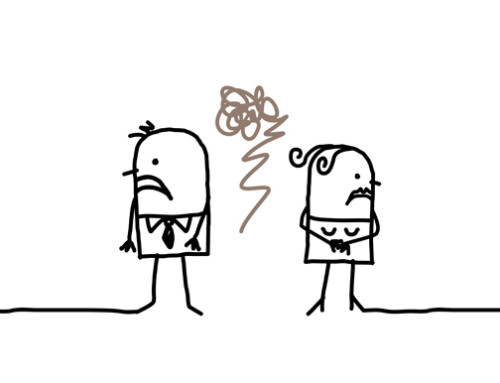
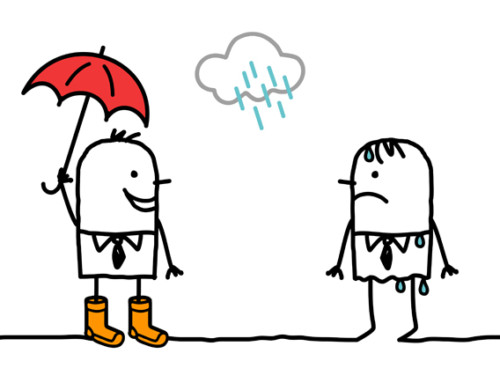
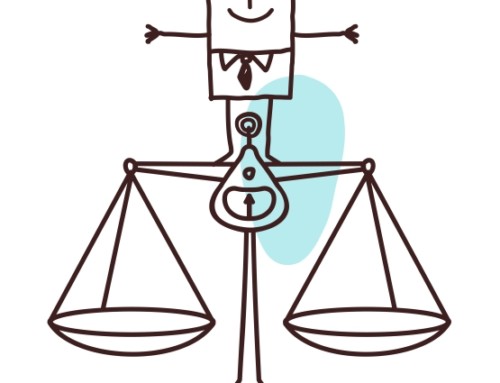
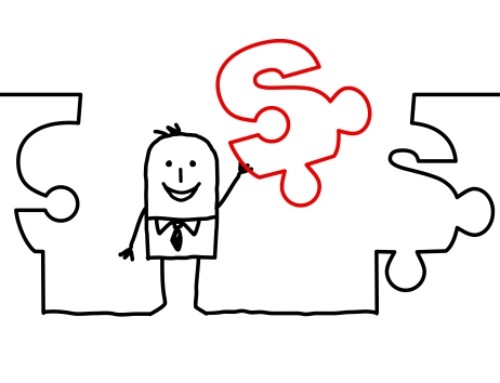
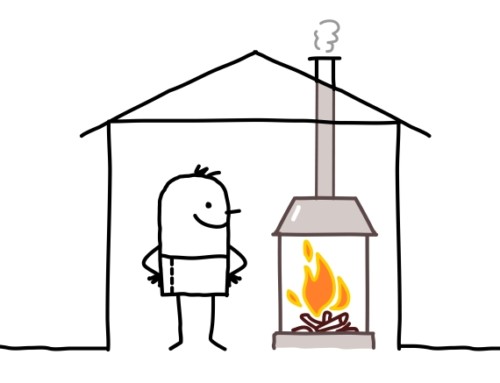
Leave A Comment